How to Keep Your Wig Looking Salon-Fresh, All Year Round
Your ultimate wig maintenance cheat sheet


Wig culture has no doubt transformed the Black hair space over the last decade. Thanks to the unique flexibility of the style—whether it’s a waist-length glueless yaki wig (a texture that mimics relaxed or straightened Afro hair) or a DIY blonde bob resurrected from a 6x5 unit (a lace wig piece with a wider parting area that makes restyling easier)—when managed properly, a good wig can be an excellent investment.
To help you extend the lifespan of your wigs and advise on how to maintain them, I spoke with Titi Oderinwale, co-founder of REVAMP, a service specialising in wig revamps, repairs, and maintenance, and Joy Matashi, hair architect and educator, to dispel some of the myths around wig wearing and maintenance.
Read on for their advice on how to maintain different wig styles, protect your hair against heat damage and discover the products you need to add to your rotation to keep your wig collection at its best.

If you’re new to wigs or just want something low-maintenance, Matashi recommends starting with a short headband wig. “It’s an easy, highly manageable option for anyone who can’t stand a lace closure,” she explains. “Many come pre-styled in curly textures, which are easier to maintain thanks to their shorter length. Most days, it just takes a quick shake and a spritz of water or mousse at the front, and you’re good to go.”
U-part wigs are another great choice for anyone who wants a seamless blend with their natural hair. “Opt for a curl pattern that’s close to your own for the most natural look,” says Matashi. But regardless of the wig you choose, she stresses that “looking after your leave-out and the hair underneath—by cleansing and conditioning regularly—is a must.”

The ease of maintaining your wig also depends on how it’s made, explains Oderinwale. “There are so many types of wigs, and the main differences come down to what they’re made of, how they’re built, and how they’re worn,” she says. Human hair wigs offer the most natural look—they can be washed, styled, and coloured just like your own hair—but that also means they need regular washing, deep conditioning, and heat protection to stay healthy.
By contrast, synthetic wigs come ready to wear and hold their shape straight out of the box, meaning far less daily upkeep. “The trade-off,” Oderinwale adds, “is that they can’t handle heat styling or chemical colouring.” To keep synthetic units looking their best, she recommends cool-water washes, wig-specific products, and gentle detangling as the easiest care routine.
Celebrity news, beauty, fashion advice, and fascinating features, delivered straight to your inbox!
How can I protect my wig during styling?
The daily upkeep of wig styles often calls for a tailored routine. Whether you’re blending your leave-out into a sleek up-do or reviving week-old curls for the weekend, frequent use of hot tools can cause damage, ultimately shortening your wig’s lifespan.
When it comes to heat styling, Matashi recommends using “a light heat protectant.” “Anything from a VO5 spray to Bumble and Bumble Heat Shield works,” she says, “as long as you’re styling on a medium to low heat.”
Oderinwale agrees, adding that the key to long-lasting results starts before you even switch on your tools. “Always detangle before styling and use a heat protectant,” she advises. For the best finish, she suggests “styling your wig on a mannequin head and using wig-friendly products to prevent dryness or product buildup.”

Ata-Owaji Victor wearing a lace front wig in black.
How often should I wash my wig?
“The rule of thumb is to wash after every ten wears,” says Matashi. “If you’re using a lot of product, wash as needed—buildup can dull the hair. Stick to a simple routine: a gentle cleansing shampoo followed by a light conditioner, and always handle the lace and wefts with care.”
When it comes to curly wig styles, she adds, less is more. “Avoid overloading with styling products,” Matashi advises. “Instead, use soft rollers or pin curls before bed to keep the curl pattern defined overnight.”
To keep tangling at bay, REVAMP’s Oderinwale recommends a regular refresh routine. “Detangle before and after each wear, apply a light leave-in when needed, and wash every five to seven wears with shampoo and conditioner,” she says. “Let it air dry naturally, deep condition regularly, and check your lace and cap for buildup or fraying. If needed, book a professional revamp to restore the unit.”
Overnight care is also essential. “If you’re sleeping in your wig, use a silk or satin bonnet, head wrap, or pillowcase to prevent friction,” say both stylists. For longer wigs, Oderinwale adds that “loosely braiding or twisting before bed” helps avoid tangling. If you’re wearing a glueless wig that you remove at night, Matashi suggests “wrapping it in a light hair net or storing it in a wig bag” to preserve its shape.
For general upkeep, Matashi advises regular maintenance of both lace and adhesives. “If you’re using glue, gently clean off any residue after each install using alcohol or a wig glue remover. Makeup remover also works well to lift off concealer or powder used for blending.”
And when the lace starts to wear down? That’s your cue to call in the pros. “If you notice fraying or balding along the lace,” says Oderinwale, “it’s time to send your wig to a professional lace repair service for ventilation or replacement — it’ll bring your unit back to life.”
How long can I keep my wig?
For many wig enthusiasts, longevity is one of the biggest perks of the style. According to Oderinwale, the length of time your unit lasts ultimately depends on both the quality of the hair and the care it receives. “A human hair wig can last up to four years with proper maintenance,” she explains. “Synthetic wigs, on the other hand, usually last six to nine months with regular wear, but only if you avoid excess heat and glue, wash gently, and store them properly.”
To help extend a wig’s shelf life, Oderinwale recommends rotating your wigs instead of wearing the same one daily. “Switching them out reduces stress on the lace and helps prevent shedding,” she says.
Matashi adds that caring for your wigs also means caring for the hair beneath them. “It’s important not to neglect your natural hair,” she says. “My rule of thumb is to cleanse your own hair every seven to ten days alongside your wig maintenance routine—it’ll keep both your scalp and your style in top condition.”
Ahead, the products that will help you master wig maintenance like a pro.
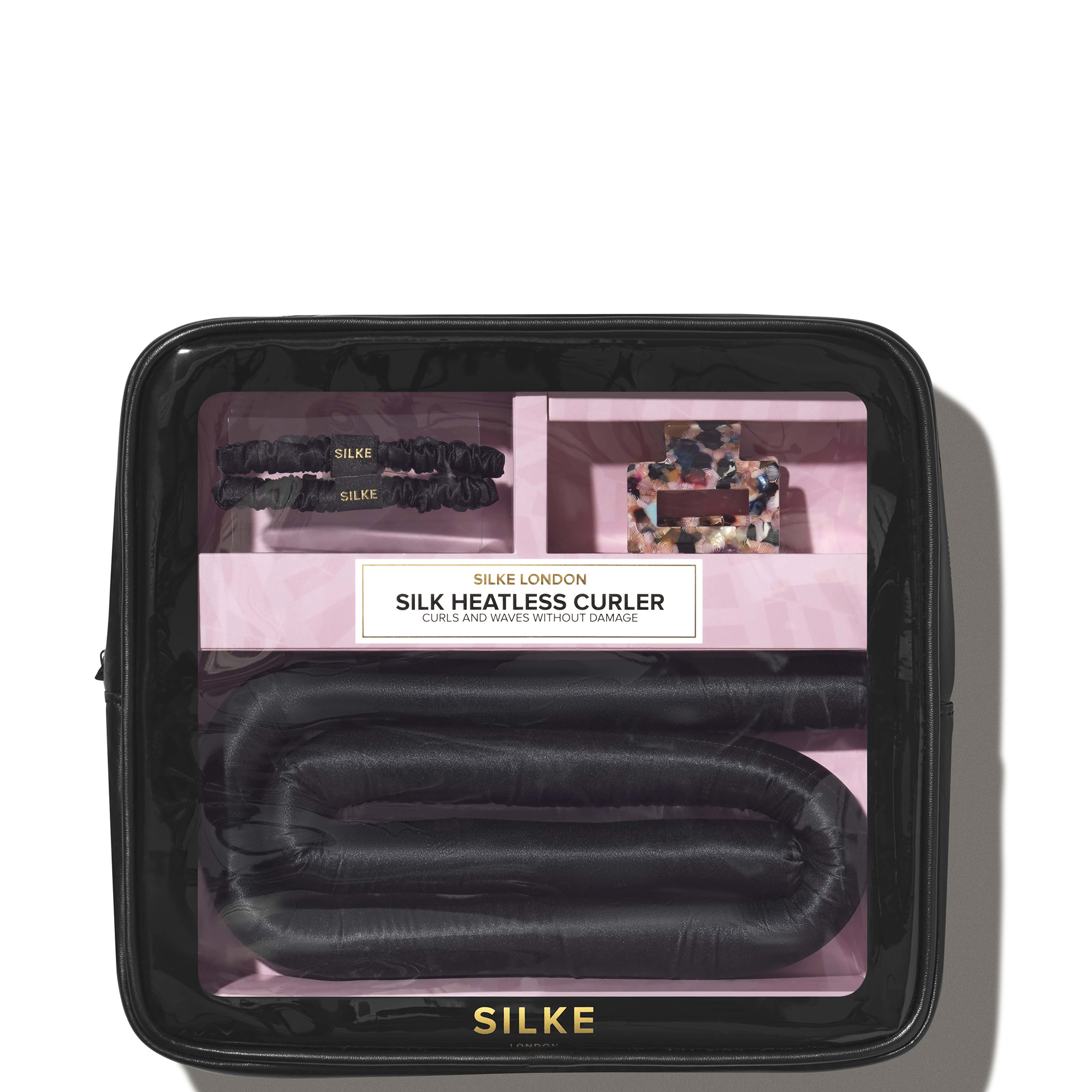

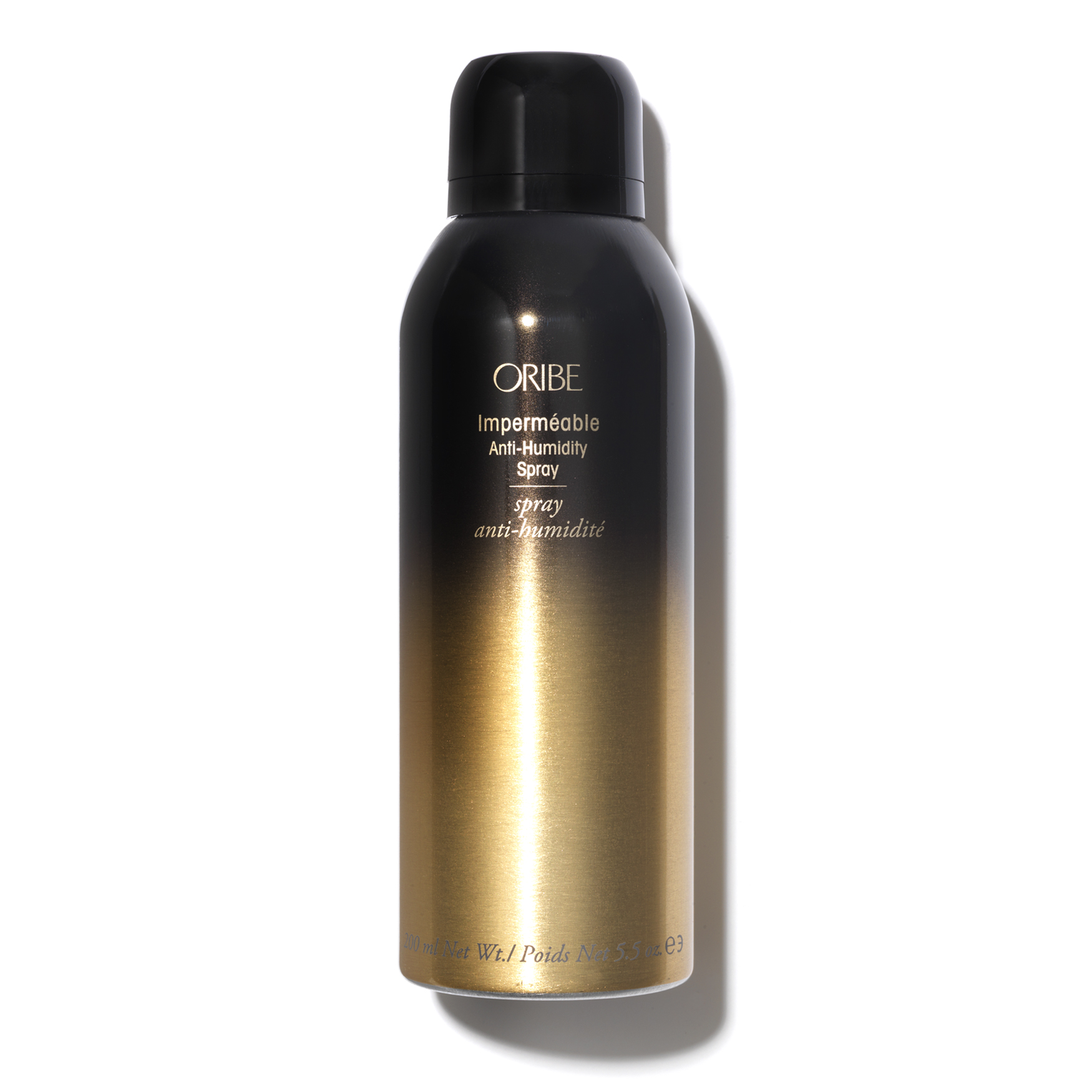
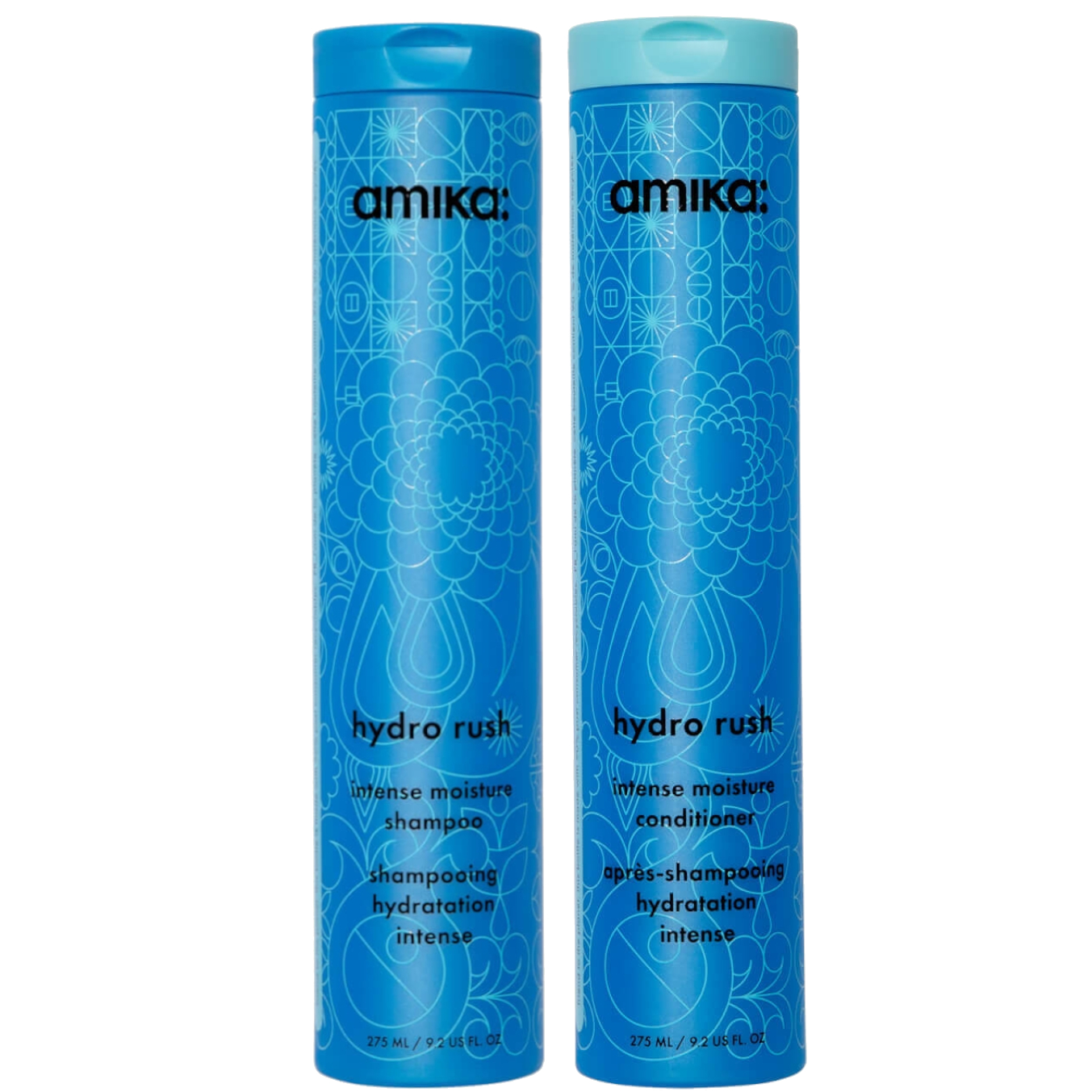
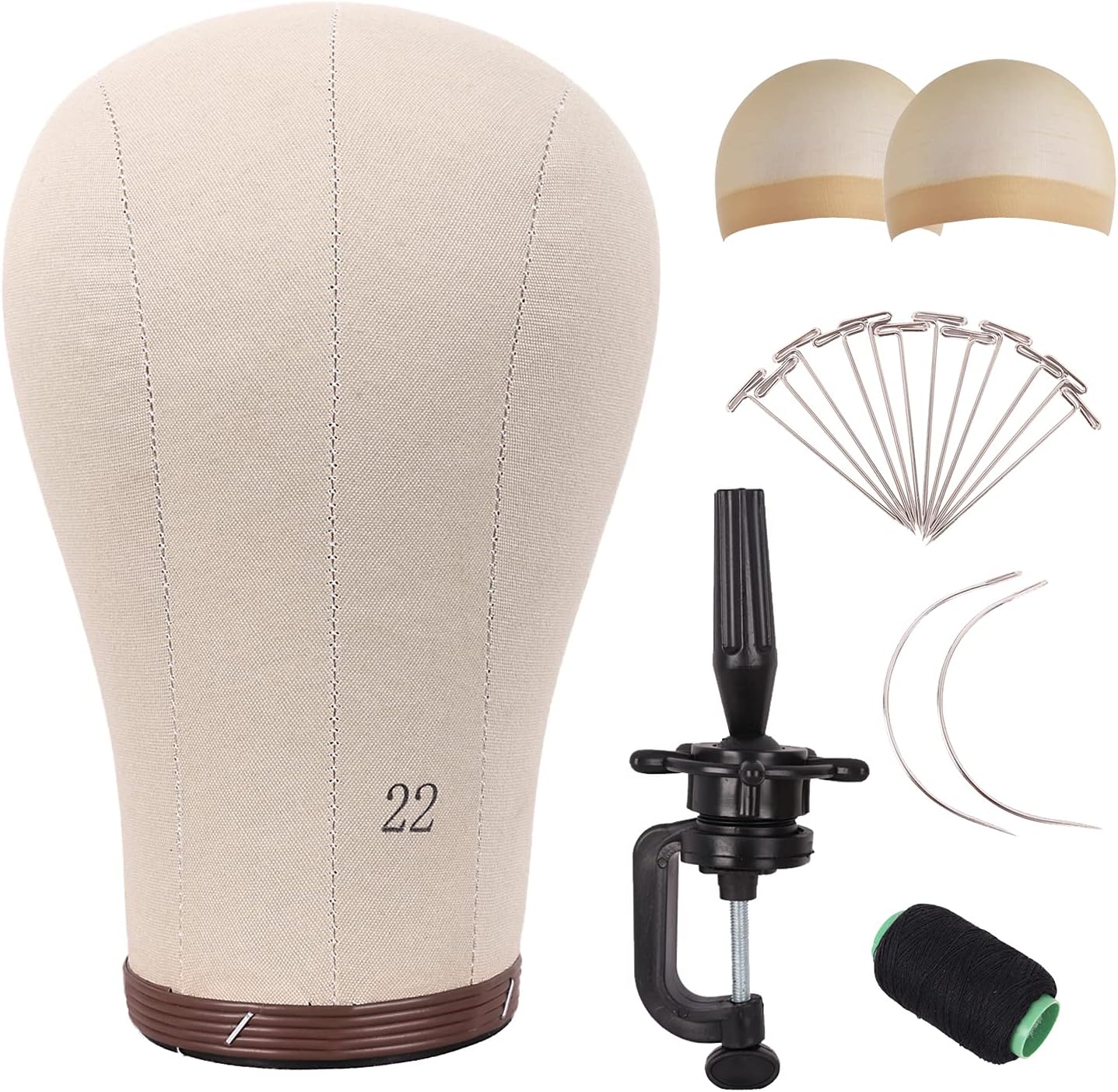

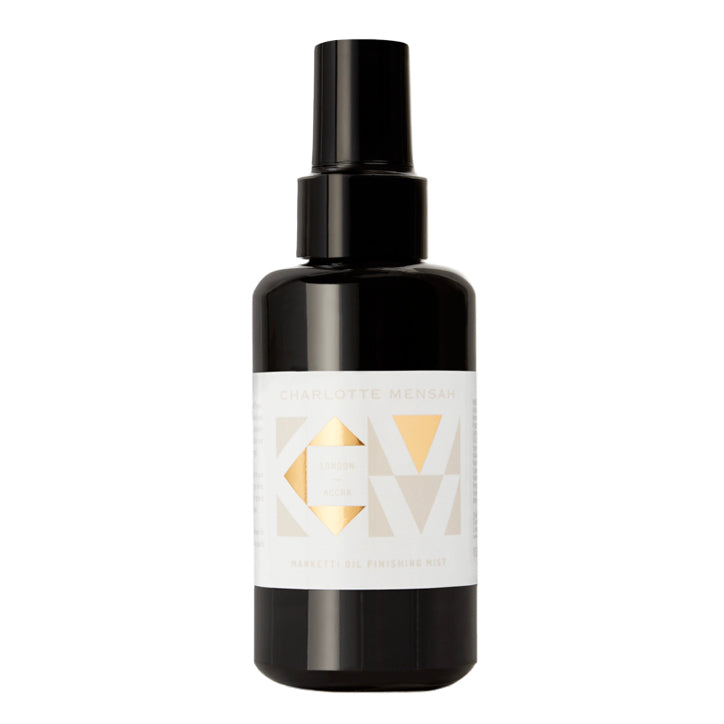


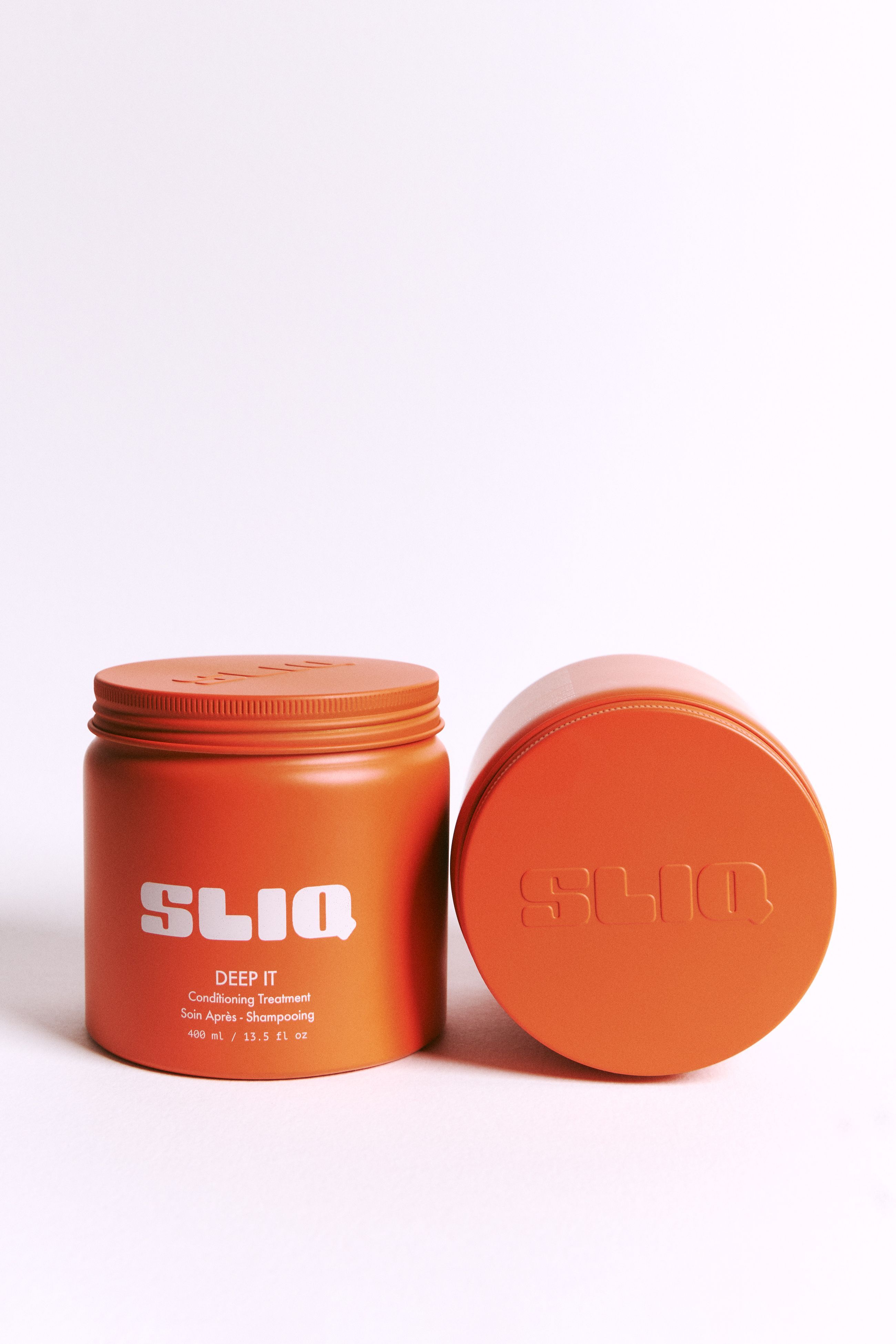
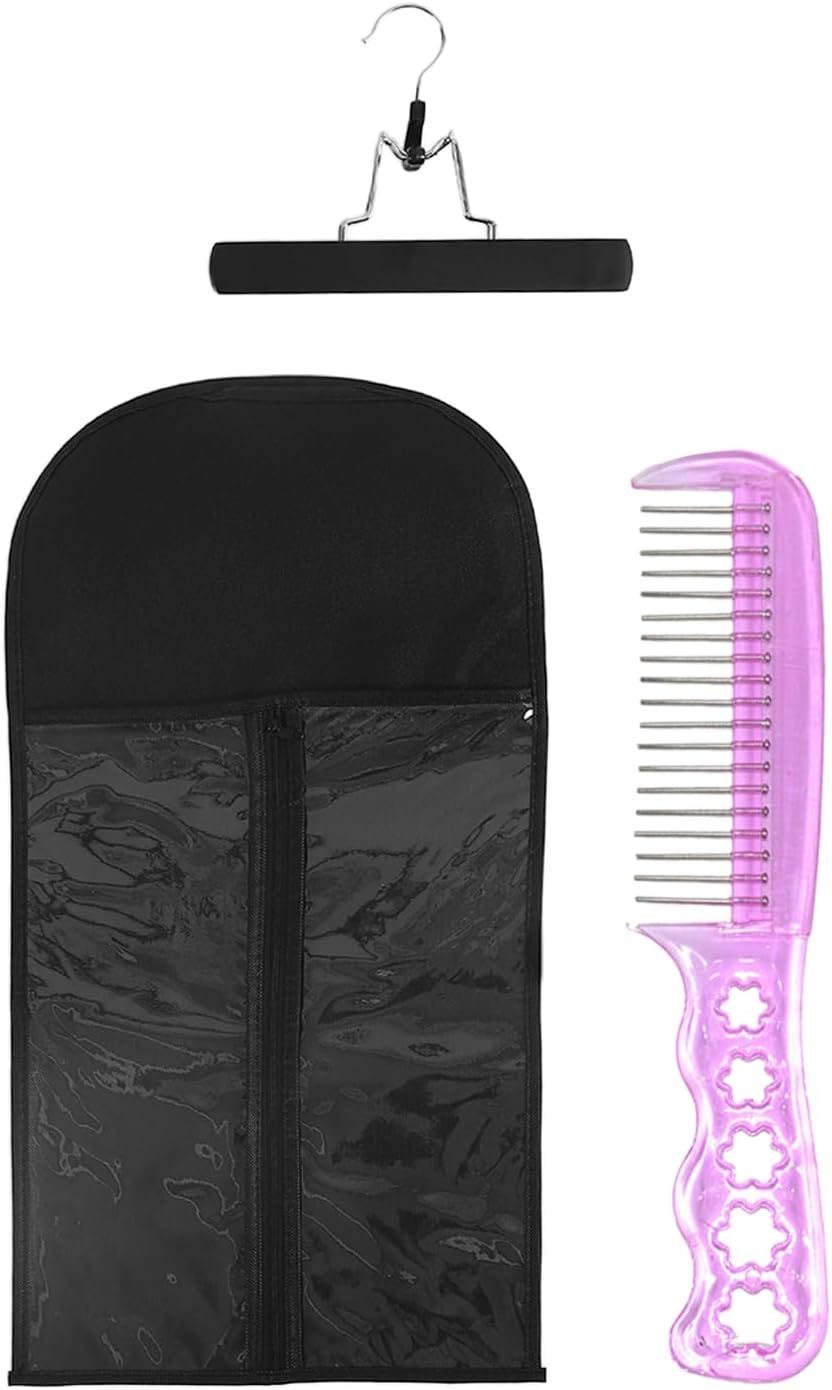

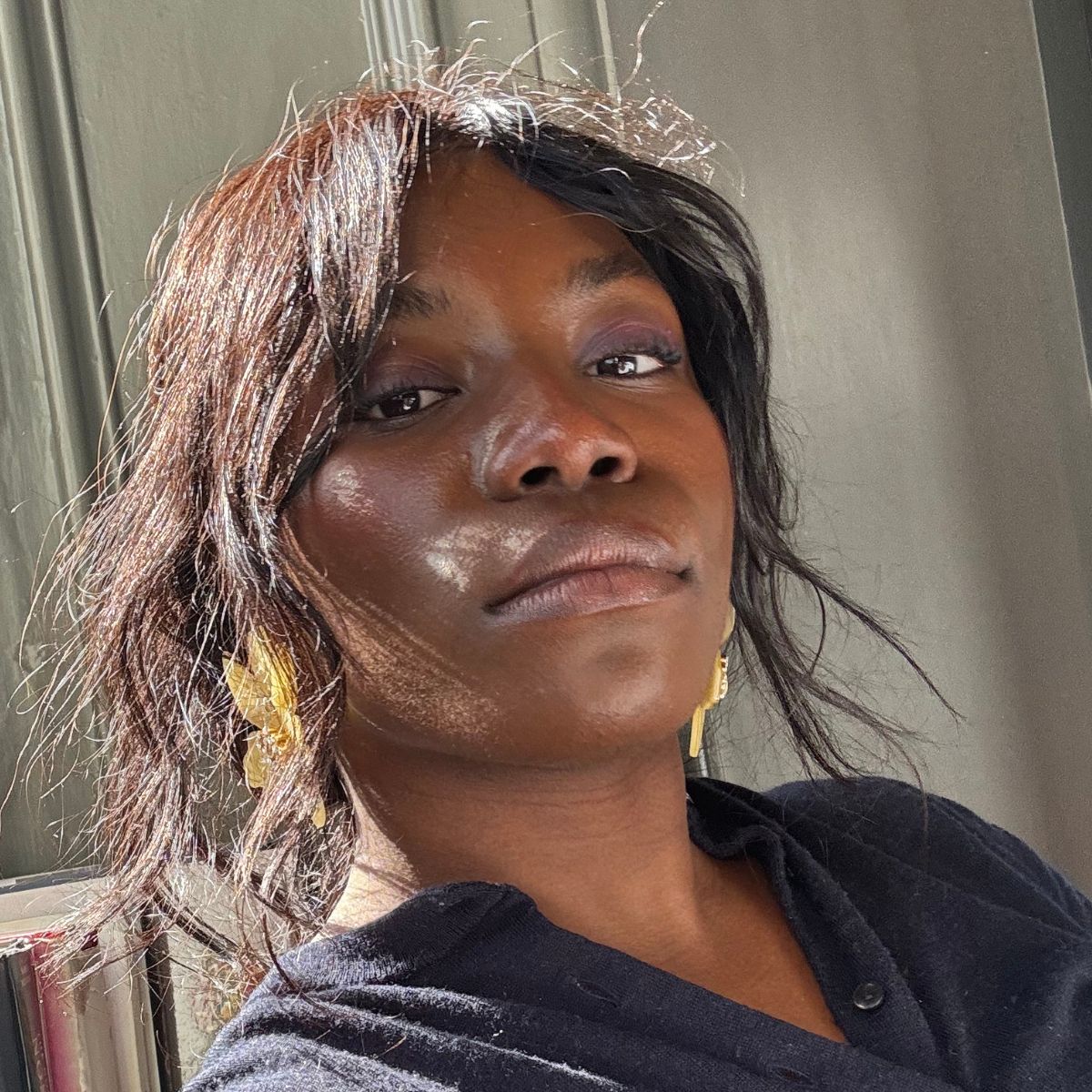
Ata-Owaji Victor is a lifestyle and beauty writer and editor whose work has appeared across titles like Refinery29, Elle UK and British Vogue. She has a keen eye for all things Afro haircare (which she frequently samples on her 4C coils), beauty tech and innovation.